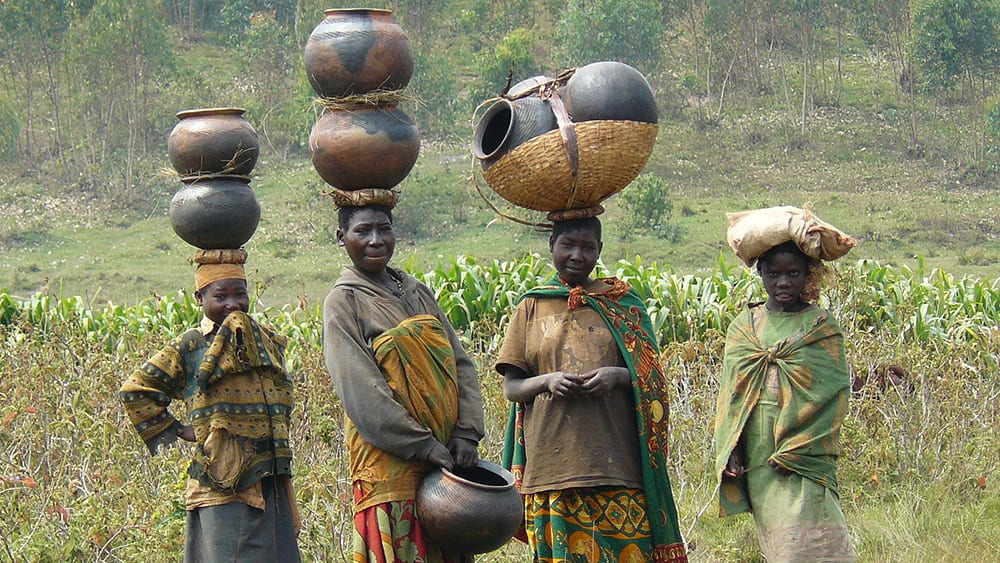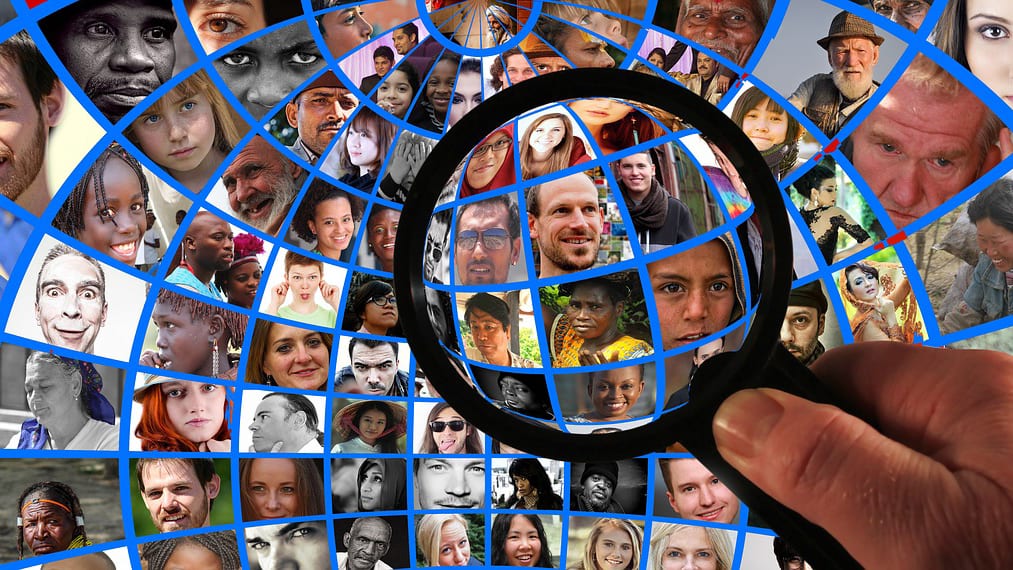
Jan 15, 2020 | Evolution, Immunology
by Elise Wachspress
After phenomenal increases in lifespans over the past century, longevity in the US has begun to head in the wrong direction. Since 2014, average life expectancy has ticked downward, from a high of 78.9 years to 78.6 last year—placing us 37th among the world’s countries, tied with Albania and more than five years behind long-lived Japan (83.7 years).
The American Academy for Family Medicine cites several causes: the opioid epidemic, increasing suicide rate, and a rise in maternal mortality. Behind these specific threats lurks a shadowy but more endemic source of reduced life expectancy: growing inequality.
As long ago as the first century, the natural philosopher Pliny the Elder recognized a connection between socioeconomic status and lifespan, citing kings, senators, consuls, priests, and performers who lived to a remarkably old age. Some reasons for the perceived disparity seem pretty obvious: lack of food, shelter, hygiene, and medical care have put poor and less educated people at a disadvantage. But the data show that social status also significantly predicts longevity. For instance, despite war and the treacherous travel involved in their diplomatic missions, our first three presidents lived to ages 67, 90, and 83 respectively, when the average US resident could expect to reach only 37. And a survey of the Academy Award nominees shows that those who won the Oscars lived four years longer than those who didn’t.
How does social adversity get inside our skin? One theory is that low social status revs up genes that control the immune response, perhaps preparing lower-status members of a community to fight infections—but at the same time making them more vulnerable to conditions caused or exacerbated by inflammation, like heart disease, cancer, diabetes, and many others.
To investigate how status might influence the immune system, a group of scientists from the US and Canada studied a population of 45 rhesus monkeys, a highly hierarchical species relatively close to us on the evolutionary “tree.” They divided the monkeys into nine groups of five, observed them over a year as rank was established within each group, then re-sorted them into new groups, placing those of similar social rank together—thus forcing an abrupt change in the individual rank of most of the monkeys.
To see how the change in social status affected the animals’ immune states, the researchers took blood samples from each. They found that the lower the social status of each monkey, the stronger was the inflammatory response engaged by their immune system.
The researchers’ clever experimental design also allowed them to see how past social status affected the monkeys’ later immune states. The researchers found that animals at the bottom of the pecking order in the first year of the study still showed immunological traces of past low status, despite their improved social position in their second communities. And though the correlation was weaker, those who enjoyed high rank the first year also suffered immunologically when resorting forced them into a lower social position.
So no matter how each of these primates started in life, being at the bottom of the social ladder was demonstrably detrimental to their immunological state, even with sufficient food, housing, and care.
Research like this is a good example of how the Duchossois Family Institute (DFI), focused on understanding how to maximize health for the greatest number of people, can help us think more deeply and productively about wellness and what it will take for all to thrive.
This work is also an illustration of the approach to training and collaboration central to the organization of the DFI. The lead authors of the paper, Jenny Tung, PhD, and Luis Barreiro, PhD, both did critical postdoctoral training at UChicago early in their still-youthful careers—much like the cross-disciplinary postdocs that will now be supported through the DFI. Though Tung (a 2019 MacArthur Fellow) is now on faculty at Duke University and Barreiro (after an appointment at the University of Montreal) is now a professor at UChicago, they continue to collaborate closely and productively.
And building on that training and collaborative spirit, they are now leading a new generation of graduate and postdoctoral students to uncover how scientific research can improve health for many across the world.
Elise Wachspress is a senior communications strategist for the University of Chicago Medicine & Biological Sciences Development office.

Dec 10, 2019 | Evolution, Immunology
by Paulette Krishack
Post-doctoral fellow in the University of Chicago’s Department of Medicine
Around 10,000 years ago, our ancestors began establishing the first permanent settlements. The dawn of agriculture provided a stable food supply, and those who had once hunted and gathered for sustenance could settle down to a more rooted lifestyle and greater investment in shelter, clothing, even political and artistic endeavors.
But every lifestyle has its challenges. The change to a more permanent settlement seems to have been accompanied by an increase in infectious diseases, like measles and plague, that only take hold when there is a critical mass of infected people. Anthropologists and others have theorized that farming made it easier for diseases to spread from soil, insects, and larger animals to humans, and that the larger, denser communities fostered through agriculture encouraged transmission between humans.
UChicago evolutionary biologist Luis Barreiro, PhD, Pennsylvania State anthropologist George H. Perry, PhD, McGill University geneticist and their team set out to test this idea. They wanted to determine if and how the immune system evolved in response to a move from a hunter/gatherer to an agricultural lifestyle. Perhaps they would show that agriculturalists’ immune system had adapted to the spread of infectious diseases via evolution, positively selecting genetic variants that helped them survive in the face of communicable diseases.
The researchers focused on two different Ugandan communities, the Batwa (hunter/gatherers) and the Bakiga (agriculturalists), located near each other but isolated for thousands of years. The research team collected and genotyped whole blood samples from each. They also incubated circulating white blood cells from individuals in both communities with viral and bacterial agents, to understand how immune responses differed between the two communities.
The team found that each community did have a unique immune profile and that natural selection has contributed to differences in immune responses between the two groups. Yet, their results do not support the long-standing hypothesis that pathogens exerted selective pressure on agriculturalist populations. Instead, Barreiro, Perry, and Harrison’s work, documented in Nature Ecology and Evolution, demonstrated that there were more selective differences in immune responses in the hunter-gatherer population. The study also suggest that differences in exposure to viruses might have been the primary driver of adaptive evolution in both populations.
While the authors offer the caveat that their sample size (just over 100 people) was small, they have provided the first genome-wide comparison of immune variation between hunter/gatherer and agricultural populations in Africa—an issue that seems important to understanding man’s relationship to both the environment and food production. By learning how we have adapted to our changing surroundings over time, we can better fine-tune our lives and systems to support greater health in the future.

Sep 12, 2018 | Evolution, Immunology
by Matthew Eckwahl, PhD
Postdoctoral fellow in the Department of Biochemistry & Molecular Biology
Take a look at the people around you: besides identical twins, you’ll likely see an array of differences, from height to hair color. Humans vary extensively, not only in appearance but also in less tangible traits. Not surprisingly, these differences often have at least some genetic basis. The immune system is no exception. Individuals differ considerably in their ability to fight off infections and their risk of autoimmune diseases, like type 1 diabetes and inflammatory bowel disease. What’s more, the human immune response has been shaped over time by evolution.
Luis Barreiro, an associate professor at the University of Chicago, seeks to understand how natural selection influences the evolution of our species; in particular, he’s interested in how past evolutionary events affect the immune response. By identifying the genetic factors contributing to infectious disease susceptibility, Barreiro aims to uncover new genes and pathways linked to disease, opening the door to fresh research approaches and novel therapeutic targets.
In an influential 2016 report, Barreiro, then at the University of Montreal, helped shed light on differing disease rates between Americans of African and European descent. His team’s findings are particularly important given some troubling health disparities in autoimmune disorders such as multiple sclerosis and lupus. Young women of African ancestry, for example, are three times more likely than women of European descent to be affected by lupus, a chronic disease in which the body’s immune system attacks its own healthy tissues.
While factors such as environment and socioeconomic status undoubtedly play a role in these health discrepancies, Barreiro’s group showed that the immune response itself differs unexpectedly between people of African and European ancestry. How did they do this?
They first collected blood samples from both groups and isolated their macrophages, immune cells that “eat” bacteria and other parasites. Next, they infected these immune cells with bacterial pathogens—either Salmonella or Listeria, both common culprits of food poisoning—and used leading-edge genomic sequencing techniques to see how infection altered gene activity. Remarkably, they discovered that about one-third of genes active in macrophages showed different activity in people of European versus African descent.
It turns out that many of these genes are involved in activating the immune system: people of African ancestry showed much higher expression of genes associated with inflammation compared to those of European origin. While some of these are linked to known immune diseases like celiac and Crohn’s disease, they also provided at least one advantage: macrophages from African Americans were far better at devouring bacterial invaders and eliminating infection.
Incredibly, interbreeding with another human species—Neanderthals—also plays a role in this story. Although Neanderthals went extinct around 40,000 years ago, they left an indelible mark on the human genome, contributing to about 2 percent or less of human ancestry. Barreiro’s team identified immune variants that were preferentially passed on from Neanderthals to people of European—but not African—ancestry. Notably, these DNA variants are associated with reduced inflammation. (In a complementary report, the Barreiro lab explored a specific immunity gene that protects against viral infection and also appears to have been obtained from Neanderthal interbreeding.)
One mystery remains: what evolutionary pressures gave rise to these divergent immune responses? One possibility is that humans who migrated out of Africa experienced fewer exposures to potentially dangerous microbes, making a robust inflammatory response less valuable or even harmful. In contrast, Africa’s tropical environment may have favored a stronger immune response to combat more frequent pathogen exposure.
Regardless of the ultimate cause, each population seems to have ended at a different “balance point.” The immune system operates somewhat like a smoke alarm, keeping us safe from possible disaster. And like a smoke alarm, the system should respond proportionally to the threat at hand: not sensitive enough, and you risk being unaware as fire engulfs your house. But too sensitive, and the alarm shrieks at the first hint of burnt toast. There’s always a tradeoff. While an overactive immune system is better at fending off parasites, it may also lead to higher risk of autoinflammatory and autoimmune diseases.
Carl Sagan, a famous astronomer and science popularizer, once said, “You have to know the past to understand the present.” By highlighting how long-ago evolutionary events affect our genome, Barreiro’s findings expose a key influence that human ancestry has on immunity. Further, his research underscores the necessity of expanding racial diversity in clinical trials, where commonly more than 80 percent of participants are white. Together, by helping us better understand the evolutionary forces shaping our species, the work of Barreiro and others may contribute to the eventual dream of precision medicine.






